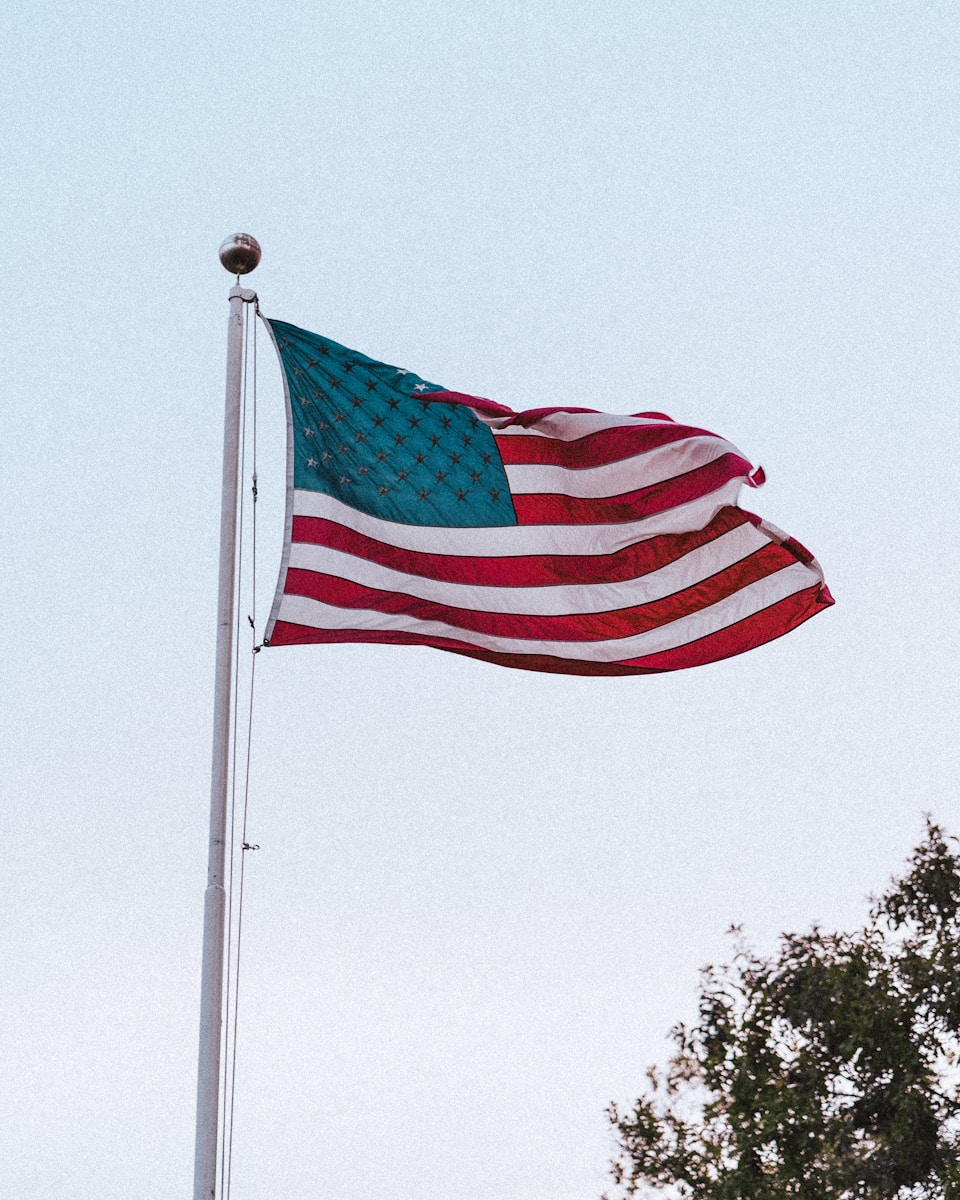Key Takeaways
• U.S. Representative Thomas Massie praised MIT’s decision to reject a Trump administration request.
• Massachusetts Institute of Technology’s move kicked off a public debate on federal overreach.
• Democratic Representative Ro Khanna joined Massie in endorsing MIT’s stance.
• Trump adviser Stephen Miller argued MIT must follow federal hiring rules due to funding.
• Massie fired back, saying MIT’s private tuition and free speech rights must stay protected.
Why the MIT Decision Sparked a Political Clash
A recent MIT decision set off a heated debate in Washington. Representative Thomas Massie cheered MIT for pushing back on a request from the Trump administration. Then Stephen Miller joined the fight. Soon, voices from both parties weighed in. This clash highlights big questions about federal power, campus freedom, and the role of money in higher education.
Inside the Heated MIT Decision Debate
Background on MIT Decision
Massachusetts Institute of Technology sent a clear message. It said it could not back a Trump administration plan. The plan aimed to force schools receiving federal dollars to certify that hiring would ignore race or gender. MIT felt this demand threatened its ability to run admissions and hiring on its own terms.
Massie Praises MIT
In response, Representative Thomas Massie congratulated his alma mater. He warned that letting the federal government call the shots would harm the world’s best technical school. He called the offer a “bribe” and urged MIT to stay free of political diktats. His tweet celebrated the MIT decision and defended campus autonomy.
Khanna Joins Support
Shortly after Massie’s praise, Democratic Representative Ro Khanna picked up the message. He called Massie “brilliant” for trusting MIT admissions and hiring. Khanna noted that Massie once built a device to track the national debt. He added that MIT’s merit-based system thrives without wealthy legacies or political favors.
Miller Challenges Representation
Trump adviser Stephen Miller jumped into the conversation. He pointed out that MIT gets massive federal funding. Miller argued that accepting taxpayer dollars means following rules. He said the government only asked MIT to promise that it would hire based on merit, not skin color. Miller asked what part of that was objectionable.
Massie Fires Back
Massie answered Miller with a clear defense of MIT’s independence. He noted that most MIT tuition comes from private sources. He said Pell grants apply to all colleges and represent a small fraction of MIT’s budget. Massie added that he trusts MIT more than any White House party to judge student talent. Finally, he called federal policing of campus speech “Orwellian.”
Why the MIT Decision Matters
The MIT decision raises big issues. First, it tests how far the executive branch can go in steering colleges. Second, it highlights the tension between federal funding and institutional freedom. Third, it shines a light on debates over race, merit, and hiring practices.
Federal Funding vs. Campus Autonomy
Most public universities depend on federal dollars. Private schools like MIT get some grants and fellowships but rely heavily on tuition, gifts, and endowments. Yet when any institution takes federal money, it must obey certain rules. The heart of the MIT decision debate is how those rules should apply.
Merit, Diversity, and Hiring Rules
Supporters of the Trump administration request claim it promotes fairness. They say it prevents bias in hiring. Critics worry that it strips colleges of tools to pursue diversity and inclusion. The MIT decision shows that top institutions value control over their own policies.
Free Speech and Academic Freedom
Massie’s mention of Orwellian speech policing touches on a larger trend. Many believe that universities face pressure from governments and donors to shape campus discussion. The MIT decision stands as a symbol of resisting outside influence on intellectual life.
Political Fallout and Public Perception
This row spread quickly on social media and in news outlets. It paired a Republican and a Democrat against a Trump adviser. That cross-party alliance boosted attention on the MIT decision. It also signaled that even unlikely allies can unite over shared concern for academic freedom.
What’s Next for MIT and Politics?
MIT now moves forward with clear independence. It must still follow general federal rules, but it rejected this specific demand. Other universities may watch closely. They face similar choices between federal conditions and self-governance. In Congress, the clash could spark new proposals on campus rules.
Meanwhile, public opinion may shape how far the next administration can push on higher education. If universities band together in defense of autonomy, federal power could recede. Yet if lawmakers gain support for stricter rules, colleges might face tougher choices.
MIT decision fights will likely continue on social media. Campus speakers and student groups may heighten pressure on both sides. Lawmakers could draft bills to clarify what colleges must do when they accept taxpayer funds.
Ultimately, the MIT decision episode shows that higher education sits at the crossroads of politics, money, and ideas. As campuses strive to preserve their core missions, they must balance outside demands with their own values.
Frequently Asked Questions
What was the main point of the Trump administration’s request to MIT?
The administration wanted schools that receive federal funding to confirm that they hire students and staff based solely on merit, without considering race or gender.
Why did Representative Massie support the MIT decision?
He believed that federal conditions risked undermining MIT’s freedom to choose students and staff based on academic talent.
How did Ro Khanna react to the MIT decision?
He praised Massie for defending MIT’s merit-based admissions and highlighted their shared belief in fairness without political pressure.
What are the broader implications of the MIT decision debate?
This debate touches on federal funding rules, campus autonomy, free speech, and how colleges balance diversity with merit-based hiring.

